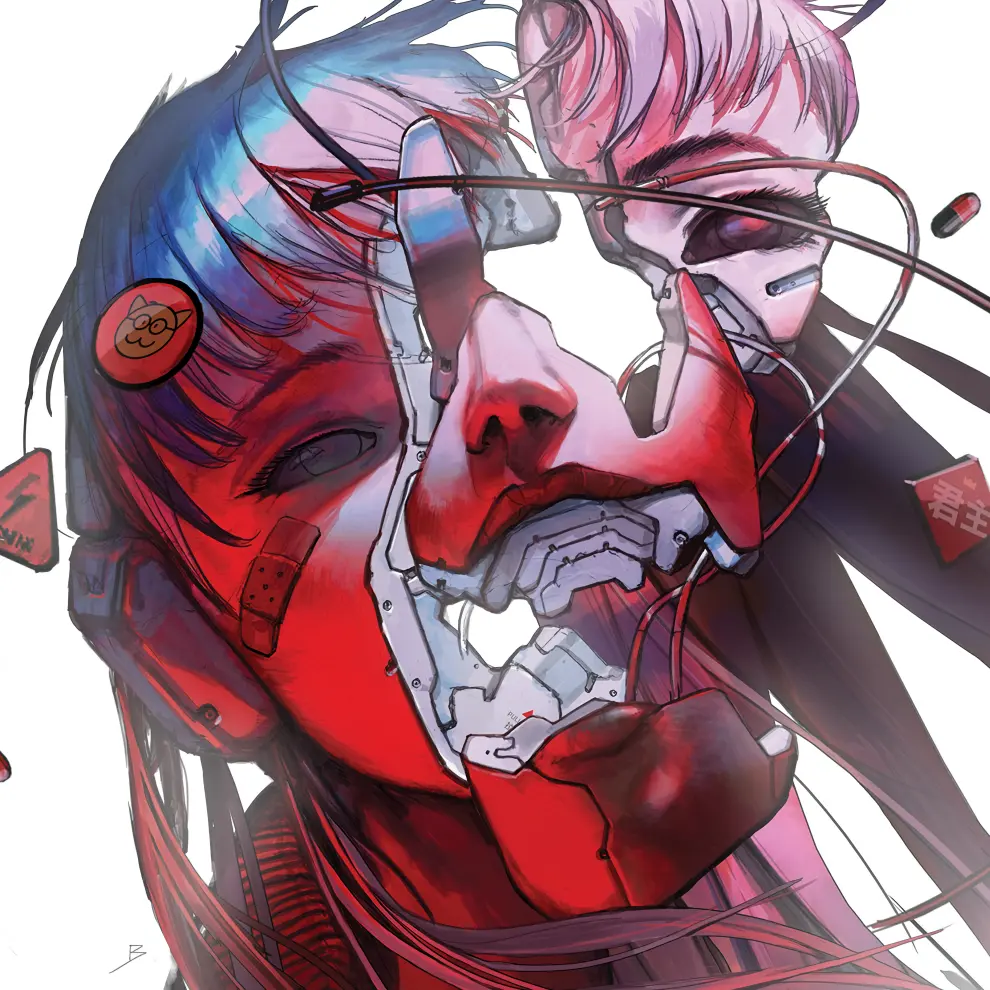

In general, I agree, but I think you underestimate the benifits it provides. While ray-tracing doesn’t add much to more static or simple scenes, it can make a huge difference with more complex or dynamic scenes. Half Life 2 is honestly probably the ideal game to demonstrate this due to its heavy reliance on physics. Current lighting and reflection systems, for all their advancements and advantages, struggle to convincingly handle objects moving in the scene and interacting with each other. Add in a flickering torch or similar and things tend to go even further off the rails. This is why in a lot of games, interactive objects end up standing out in an otherwise well-rendered enviroment. Good raytracing fixes this and can go a really long way to creating a unified, but dynamic look to an enviroment. All that is just on the player’s side too, theres even more boons for developers.
That said, I still don’t plan to be playing many RTX or ray-traced games any time soon. As you said, its still a nightmare performance wise, and I personally start getting motion sick at the framerates it runs at. Once hardware catches up more seriously, I think it will be a really useful tool.







Technically, it can and has been done already. The problem is that AI is very bad at creating new ideas and even worse at understanding what it has created (as is required for plots or jokes). As a result, any writting created with heavy AI influence tends to sound like a child’s stream of thought with an adult’s vocabulary, and any jokes rely purely on randomness or on repeating an existing well-known joke. Similarly with art and animation, because the AI doesn’t understand what it is creating, it struggles to keep animation of elements consistant and often can’t figure out how elements should be included in the scene. Voices are probably the strongest part, but even then, it can be buggy and won’t change correctly to match the context of what is being said.
None of this is to say AI is useless. Its very good at creating a “good enough” quick-fix, or to be used to fill unimportant or trivial work. If used to help clean up scripts or fill in backgrounds, it can speed up the process greatly at minimal cost. It’s a tool to be used by someone who knows the field, not to replace them.